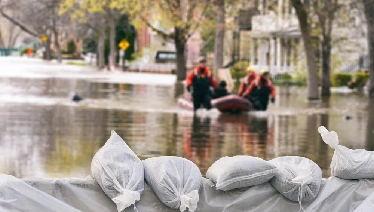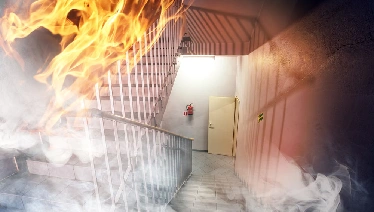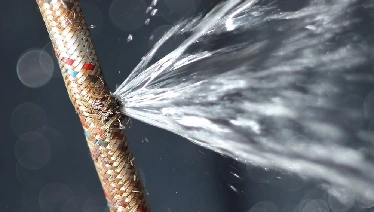The causes of water damage in Sherman range from natural disasters to plumbing errors and accidents. Whatever the cause of the damage, water damage restoration must begin immediately after the damage occurs. Acting fast can help reduce the chances of issues like mold growth.
Rainbow Restoration of Sherman, TX, provides effective restoration services to address water damage quickly. Our team of professionals understands the urgency involved with protecting occupant safety as well as property integrity quickly and efficiently.

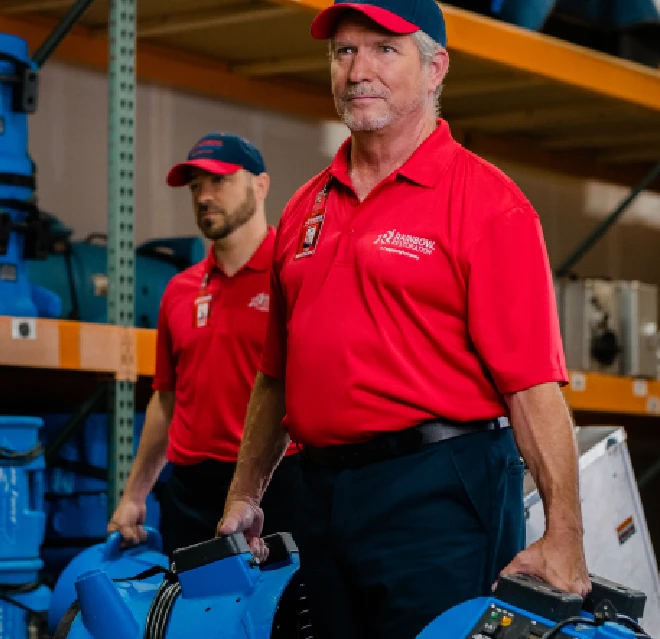


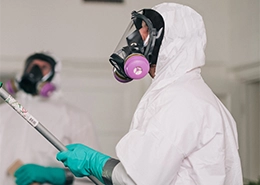

.webp)
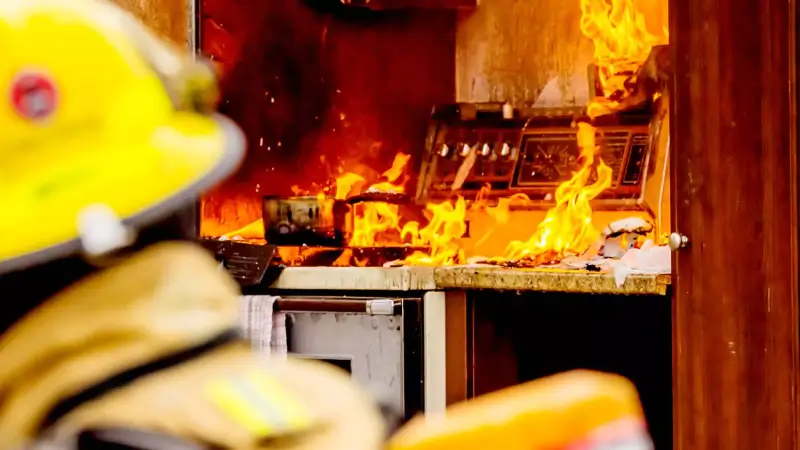
.webp)
